Are you planning to buy an electric car in 2025, but you're a little lost with all the support available? In this article, we will take stock of all the incentives you can claim this year.
As you may know, the previous Barnier government implemented drastic measures to redress public finances. To do this, drastic cuts were made in certain sectors, notably the envelope dedicated to greening the French vehicle fleet.
Capped at €1.5 billion in 2024, the funds allocated to help French citizens buy an electric car have increased to €700 million only in 2025. Inevitably, many purchase aids have been significantly cut… While some have simply disappeared. For the average user, it's difficult to find your way around. In this article, we will summarize for you the support still available in 2025, whether at the national or local level. Note that we are focusing here on aid intended for individuals only.
The ecological bonus
We obviously start with the aid best known to the general public: the ecological bonus. The government subsidy has undergone quite a few upheavals in recent years. In 2024, its conditions of allocation have been thoroughly revised. Since last year, it has been associated with an environmental score, itself based on six very specific criteria. To put it simply, a car must obtain a score between 60 and 80 out of 100 to be eligible. But that's not all. To benefit from the ecological bonus, the vehicle in question must also have:
- a price less than €47,000
- a weight less than 2.4 tonnes
Importantly, you must also keep the vehicle purchased with the bonus for at least one year, or 6,000 km. If you violate this prerogative, you will have to repay the amount of the bonus received! Furthermore, you will only be able to benefit from the bonus every 3 years.
The ecological bonus scales
But in concrete terms, how much can you expect? As mentioned above, the ecological bonus has been significantly reduced, formalized in a decree with immediate effect published on December 2, 2024. To summarize, the amount has dropped considerably, both for the most modest and the most affluent budgets.
As always, the amount of the ecological bonus is directly linked to the household's reference tax income. Therefore, the lower your RFR per share, the more attractive the aid. But here is the scale without further ado:
- €4,000 for a natural person whose reference tax income per share is less than or equal to €16,300
- €3,000 for a natural person whose reference tax income per share is greater than €16,300 and less than or equal to €26,200
- €2,000 for a natural person whose reference tax income per share is greater than €26,200
Note that the amount of aid is increased by €1,000 (regardless of income conditions) if the beneficiary is domiciled in an overseas department.
Energy savings certificates
Since Since 2005, individuals wishing to undertake energy renovation work in their homes can benefit from financial assistance, namely CEE or energy saving credits. These grants are financed by all electricity, gas, or LPG suppliers, such as Engie, Total, or EDF, for example.
Since January 1, 2025, these suppliers are required to achieve energy savings by financing actions in the field of mobility in particular. Consequently, drivers can now benefit from CEEs to purchase an electric car. At the time of writing, two manufacturers have joined this scheme, namely Renault and Stellantis.
CEEs, for whom and on which car?
Both brands take care of the administrative management of the files. In this way, and as with the ecological bonus, you don't have to do anything to benefit from it. Another important point is that the CEE applies to new passenger cars, but also to light and heavy quadricycles, retrofitted vehicles and light utility vehicles.
In fact, the number of eligible vehicles is quite substantial. At the diamond brand, for example, this financial boost is available on all electric vehicles from the manufacturer's four brands: Renault, Alpine, Dacia and Mobilize. This list includes the R5 e-Tech, the future electric 4L, the new Dacia Spring, and the Mobilize Duo/Bento.
How much can we get from it?
It's worth saying right away that CEEs will be much more attractive for professionals and local authorities. However, any help is welcome, and individuals will be able to reduce the bill by a few hundred euros, at least for a new car.
In concrete terms, the amount of aid can vary between approximately €300 and €4,500 at Stellantis and Renault, depending on the applicant's profile and the type of vehicle desired. For an individual looking to buy a new electric car, the CEE amount is €310 at Renault. You'll have to settle for €240 if you want to buy a quadricycle without a license, such as the Mobilize Duo, for example. At Stellantis, it's a little better: €353 for a new personal car.
We continue this overview with the famous social leasing, the aid so highly praised by Emmanuel Macron during his 2022 campaign. As a reminder, this The scheme allows the most modest households (RFR less than €15,400) to acquire a new electric vehicle at a lower cost with monthly payments set at around €100 per month.
To guarantee its prices, the State has committed to financing the purchase of each vehicle up to €13,000 per car (i.e. €7,000 ecological bonus and €6,000 additional premium). Inevitably, social leasing quickly met with resounding success when it was launched in January 2024. Faced with strong demand, the government agreed to process 50,000 applications, compared to 25,000 initially. Ultimately, social leasing was stopped dead six weeks later, in February 2024.
At the end of 2024, the Barnier government announced that social leasing would indeed return in the second half of 2025. However, the system will undergo some major changes. In particular, we should expect less attractive prices, as the government has confirmed its intention to reduce the amount of subsidies paid for each vehicle.
Here, we would like to remind you of the different conditions for benefiting from social leasing. But be careful, there is a good chance that these prerequisites will change in 2025 when the second edition is launched:
- be of legal age and have proof of residence in France
- have a reference tax income per share of less than15,400 euros
- live more than 15 kilometers from their workplace and use their personal car to get there (the employer must also provide a certificate on this point)
- for the self-employed, it is necessary to provide a sworn statement and proof of affiliation to a social security scheme for the current year
- drive more than 8,000 kilometers per year by car as part of your professional activity
The scrappage premium
The scrappage premium, known as the conversion premium, was unfortunately abolished in December 2024. A decision taken by the government to reduce expenses related to greening the vehicle fleet French.
Regional aid
In addition to all this national aid, cities and regions offer additional measures to lower the price of your future electric car. The vast majority of ZFE (low-emission zones) generally offer additional aid.
Be careful, however, some regions have decided to backtrack to save money. This is the case, for example, in Bouches-du-Rhône, which eliminated its purchase aid in 2022. At the end of 2024, the Ile-de-France region also ended its “Clean Vehicles” program. A hard blow, while it allowed you to obtain between €2,250 and €9,000 in aid depending on the reference tax income per share of the household.
To obtain all the information on the aid available in your region or metropolis, the best thing to do is to go to the website Jechangemavoiture.gouv.fr. Once on the site, click on Local aid and choose your region to obtain a complete presentation of the aid available, whether for individuals, professionals, for the purchase of an EV, an electric-assisted bicycle, etc.

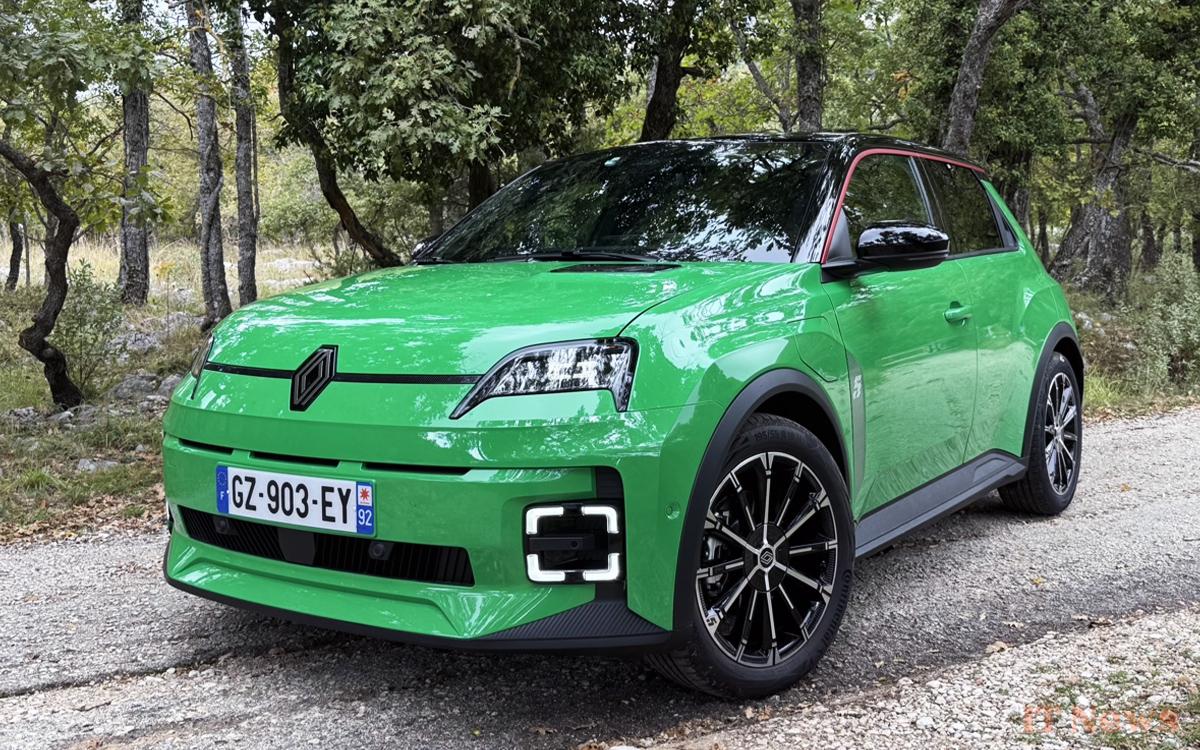

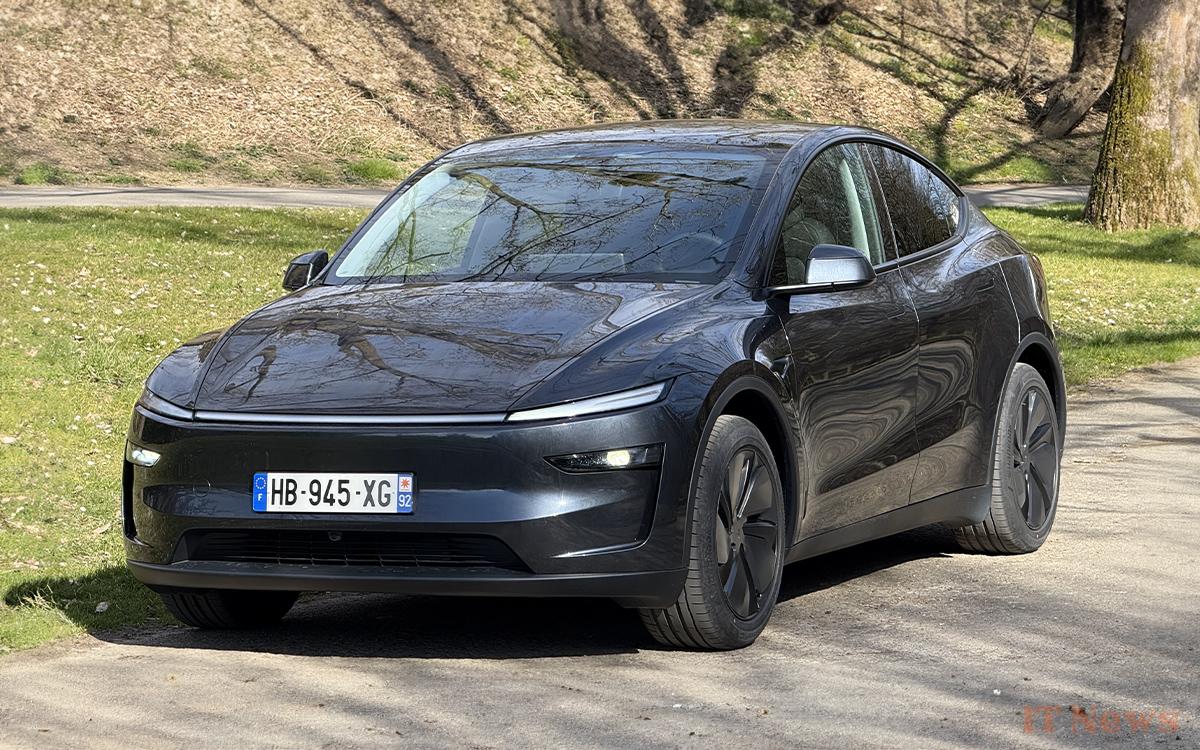

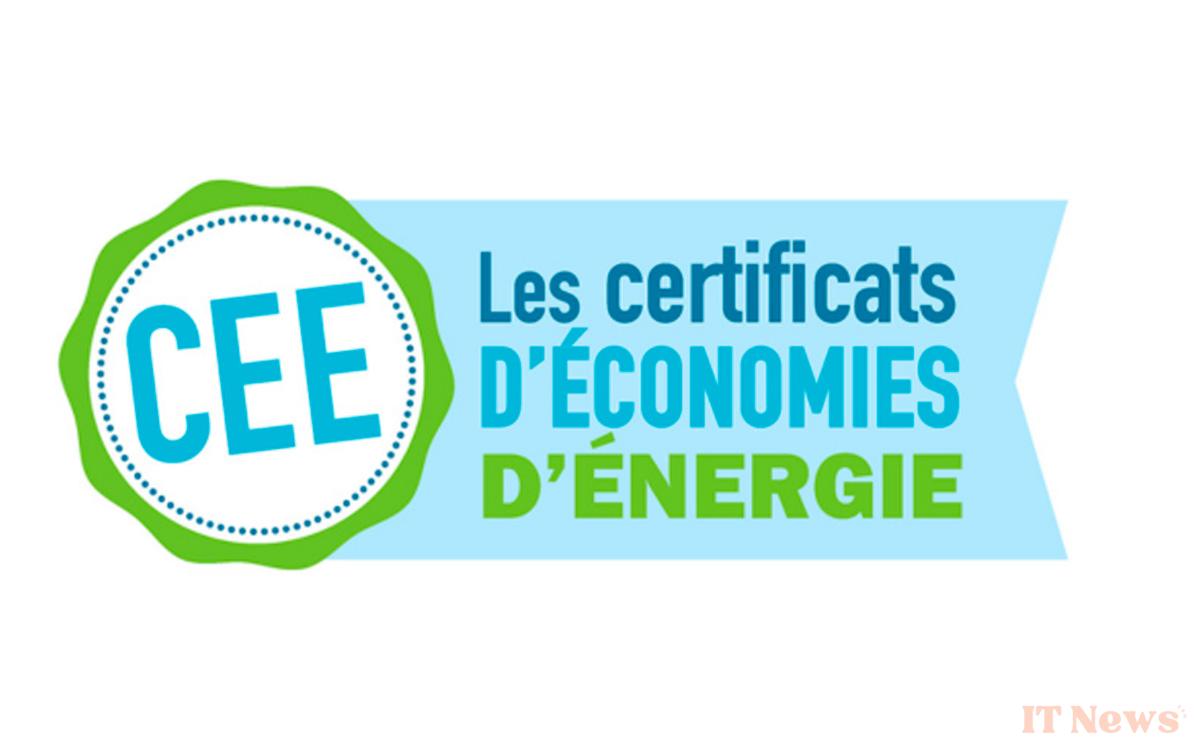
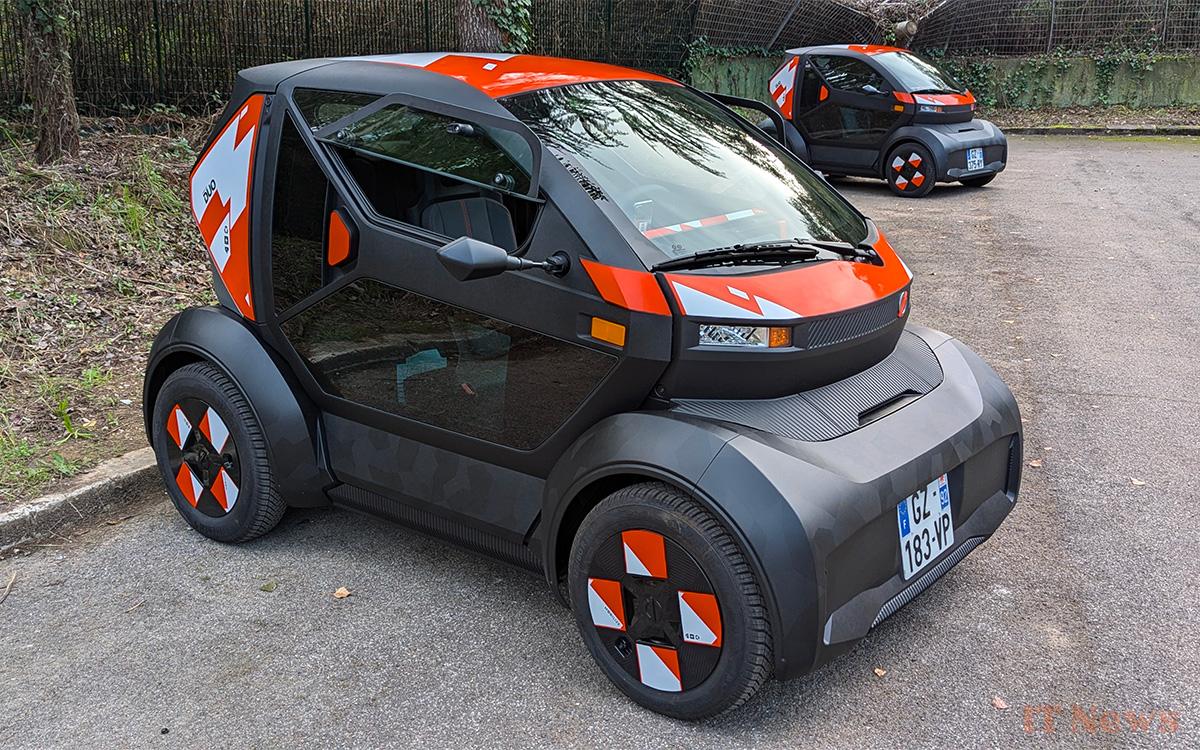

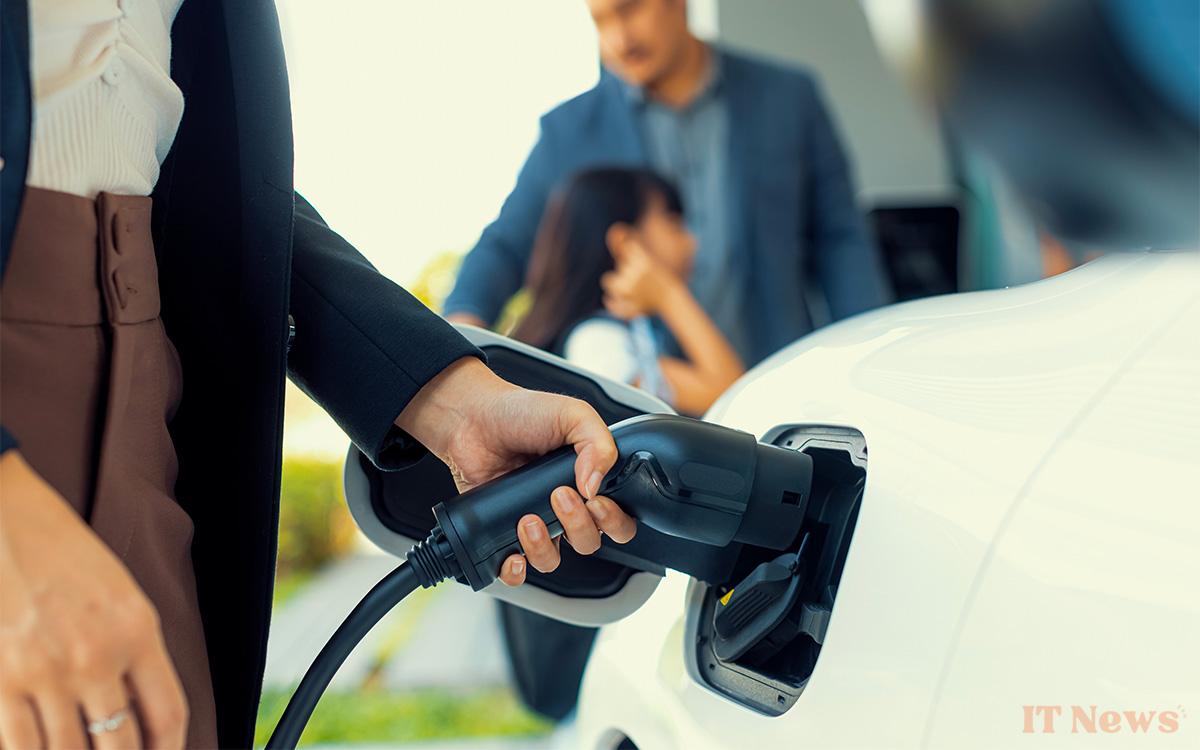


0 Comments